Dara iz Jasenovca (2021)
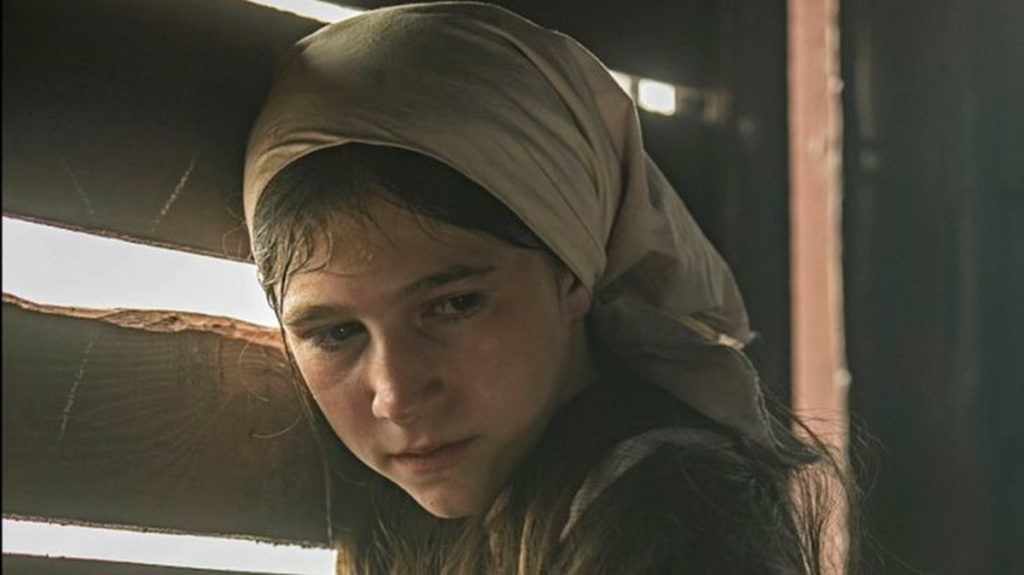
…………………………………………………
Dara iz Jasenovca Movie Review
Dara iz Jasenovca (Dara of Jasenovac) is a 2021 Serbian historical drama film directed by Predrag Antonijevic and starring Biljana Cekic. It’s a heartbreaking, important movie.
………………………………………………….
“He is the only one I’ve got“
…………………………………………………..
…………………………………………………..
The film follows the horrors of Jasenovac concentration camp through the eyes of a young girl. Let’s first get the politics out of the way. This is the first big-budgeted live-action Serbian film to deal with this horrible crime that happened during WWII. Nazis were nothing compared to the Ustase and their inhuman, Dark Ages-like killing tactics, so the fact that it took this long for the country to make this film is very problematic.
Upon the film’s release in the US, some critics bashed it in an unprofessional, clearly anti-Serbian pamphlet-like “reviews”. The one from Variety is still the worst example of that. As a result, the movie was denied any chance to land in the top 15 shortlist for the foreign Oscar category, which in my opinion is a terrible injustice as the film definitely should have been on that list. It just goes to show how a political agenda can destroy a film’s reputation even today.
Getting back to the movie, it’s surprisingly good and it’s one of the best movies to come out from Serbia in a decade or so. It has its problems, but overall the quality is quite high. The star of the movie is undeniably Biljana Cekic, a genuine movie star in the making. Her performance here is one of the best child actor performances in the last couple of years and she carries the biggest emotional beats on her capable little shoulders.
Dara is strong, empathetic and a true survivor. You can see through her eyes how a horror of this magnitude can change a child and make them grow up prematurely. Blankica, the Jewish girl who helps her throughout the second half, was also wonderful and such a strong, positive example of the immense willingness to survive despite all odds stacked against you.
…………………………………………………..
…………………………………………………..
The biggest problem of the movie is its lack of strong character development. Most of the other characters are underdeveloped and the movie deals with way too many people, thus making it feel scattered and almost documentarian in approach. They should have stuck with a group of the same characters throughout the entire runtime, but obviously this is the first ever movie about Jasenovac, thus it was a bit too ambitious for what is not that long of a runtime, resulting in some rushed scenes and some dragging ones as well. The pacing is all over the place.
The scenes with Dara’s father are powerful and difficult to watch, but somewhat removed from the rest of the story. Other adult characters are rushed, but the Ustase are genuinely frightening in their portrayal. Vjekoslav Luburic, a real-life monster that couldn’t be characterized as a human being, was brought to life here hauntingly by Marko Janketic. He’s very convincing as this merciless killer who is just as horrible as the worst members of the Nazi party.
Which brings me to the violence – this is a very difficult movie to watch, but essential. I disagree with the critics that the film’s too violent. That type of thinking just goes to show that most of these reviewers never did their own research about this historical period or they wouldn’t be making such terrible statements. The movie is actually rather mild in showcasing the killings (only four of the many types of Ustase killings were shown here), thus it was done just right in my opinion. Some of it should have been shown to make viewers aware of these horrors, but just enough was shown without becoming too gross or exploitative.
…………………………………………………..
…………………………………………………..
That entire musical chairs sequence is strikingly cruel, though the added incest sex scene was done in poor taste. But when all is said and done, the film isn’t anti-Croatian in any shape or form. It’s anti-Ustase and that’s it. Unlike Bosnian movies about the 90s war, even including last year’s ‘Quo Vadis, Aida’, this film actually takes the time to showcase positive examples of Croat people who stand in stark contrast to the Ustase. That opening sequence with the Croat woman helping a Serbian baby was beautiful and a perfect example of how important these scenes are for this type of historical movie as there are too many dumb people who would otherwise conflate Croats with Ustase etc.
Dara iz Jasenovca is at its best in that atrocious, but superbly executed first half. I cried at one time during this half as the tragedy on the screen was simply too unbearable to watch. Thankfully, people from around the world will finally get to see this film and realize that what happened in Jasenovac is unparalleled in modern history as they targeted not just men, but women and children as well. That hopelessness and brutality was heightened due to that truly powerful, haunting score that disturbed me in certain sequences.
Yes, the film is actually very accomplished in technical fields. The cinematography is terrific, the direction is pretty good and the editing is excellent as well. Some of the dialogue was admittedly lacking in nuance and the same goes for some scenes here and there, but the movie is emotionally devastating and also highly memorable unfortunately. The third act was a bit conventional in its plot beats and conclusion, but the rest of the film was immensely powerful.
…………………………………………………..
…………………………………………………..





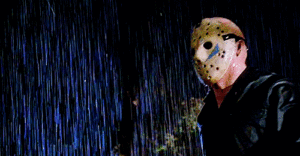

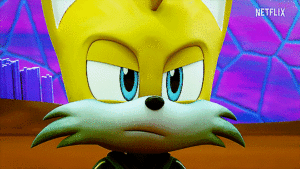
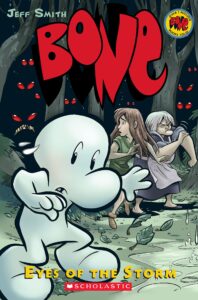
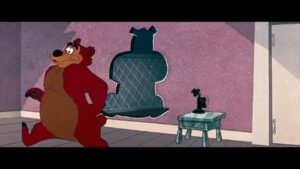
During the Balkan wars, after the massacre of the Albanian population, and after the loss of the war with Bulgaria, Serbia was exhausted by wars. At the beginning of the war, by a secret agreement in London, Serbia decided to get the territory of Croatia and Bosnia as a reward. The Chetnik organization in Bosnia starts World War 1 in order to prevent the Slavic entry into power in the Austro-Hungarian empire, and to create a large homogeneous Serbia. After the collapse of Austria-Hungary, Croats were forced to enter the Kingdom of Yugoslavia, which immediately proved to be a Great-Serbian centralist dictatorship. Serbs ban Croatian political parties under penalty of death. At the beginning of World War 2, Croatians wanted to achieve independence, which they achieved. Most of the previous Croatian population and political elite were against the Austro-Hungarian monarchy.
Croatia had to give its coasts to Italy, which was already agreed by Serbia in the Rapala Treaty in London. This creates a rebellion and an anti-fascist movement in Croatia. The Chetniks, who are guerrilla units of the Yugoslav authorities, want in those moments – to portray the Croats as Nazis, and to destroy the new Croatian state. They collaborate with the Italian fascists and carry out massacres. The majority of Serbs in the NDH (independent state of Croatia) did not want a nationalist Serbia, but wanted to join the Partisans. the Chetniks rejected the idea of Tito’s Yugoslavia and saw the communists as enemies. In the end, they achieved that mass of Serbs ended up in the concentration camp in Jasenovac. Mass murders of Croats by the Chetniks also caused revenge by the Croats.